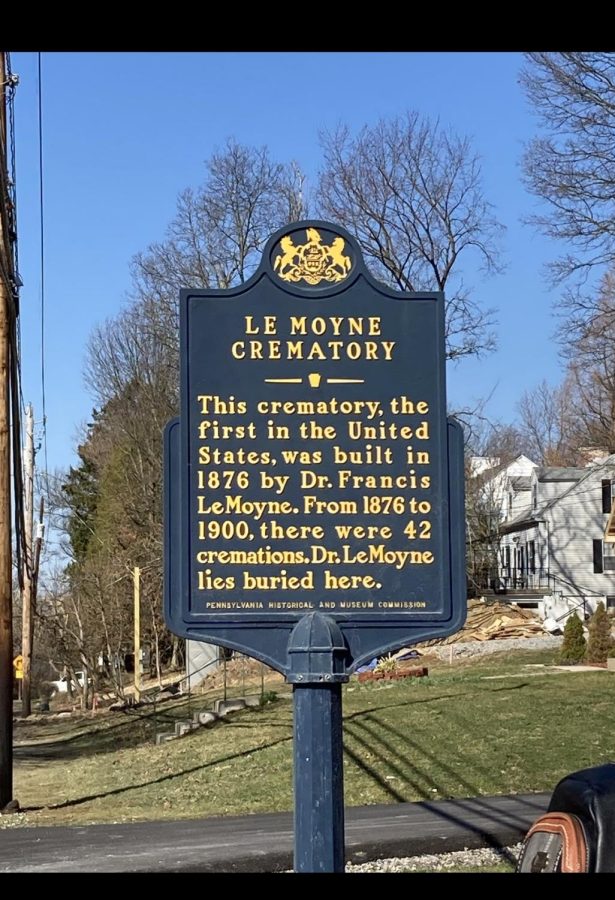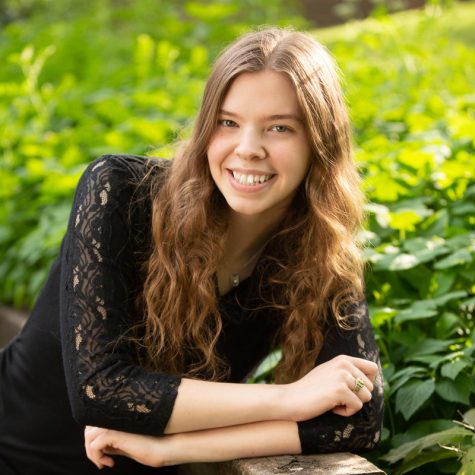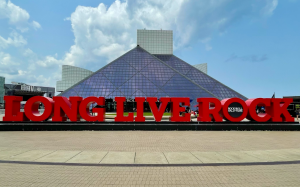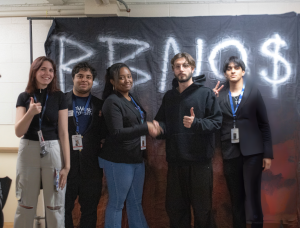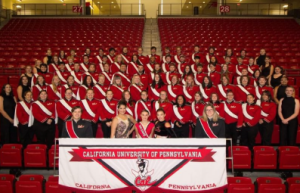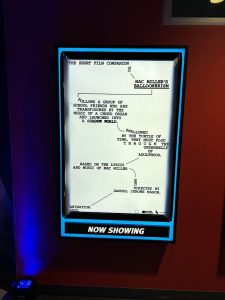Cal U Honors Students Visit the LeMoyne Crematorium
Students toured the first crematory in the United States while capturing the inside view.
May 7, 2022
Dr. Christina Fisanick, professor of English in the Department of Culture, Media, and Performance at the California University of Pennsylvania, took her Honors Composition II (HON 250) class on an Honors Excursion to tour Washington County LeMoyne Crematorium. This was the second excursion sponsored by the University Honors Program to give honors students the opportunity to explore this historical site.
Organized by Fisanick, who stated, “We chose to return to the crematorium to demonstrate that local history (Washington, PA) is tied to national and world history,” said Fisanick. “As the first crematorium in the United States and the second in the world, the Le Moyne crematorium played a powerful role in the way that we think of death and postmortem practices.”
Dr. Francis Julius LeMoyne was a native of Pennsylvania, a local physician, who noticed the water in the streams contained contaminated matter from the buried and decomposing bodies. This contamination led directly to several water sources and caused many residents to become ill. As he did not want to remain idle and allow others to get sick and die, he decided to study and design a crematorium. In 1876, with the help of John Dye, Dr. LeMoyne built the first crematory in the United States which cost him $1,500. Due to local opposition, he built the crematory on his own land. There were a total of 42 people cremated at this facility, including Dr. LeMoyne himself, who was the third person cremated at the facility.
This honors excursion gave students the opportunity to connect with the local historical society to expand their knowledge as Fisanick stated, “Our work with historical societies helps students expand their notion of research from mostly secondary sources to primary sources,” said Fisanick. “In addition, students learn how to navigate the world beyond the classroom by setting up appointments, taking notes, organizing their projects and time, and creating work that reflects their effort.”
Honors students Madison Minarchin, Mia Ola, and Sarah Seader, made a promotional video for the LeMoyne Crematorium as their feature story for their HON 250 class project. They were able to take an inside look at the crematory’s furnace, which is highlighted in the attached video. One student was placed on the sleigh and entered the crematorium for the actual experience.
Fisanick’s students presented their semester-long projects, and feature stories, at CalU’s Strike A Spark Conference on Wednesday, April 20th in the Convocation Center. Each student group highlighted their historical site or historical society through digital storytelling which combined writing, music, and voiceovers to bring their story to life.

